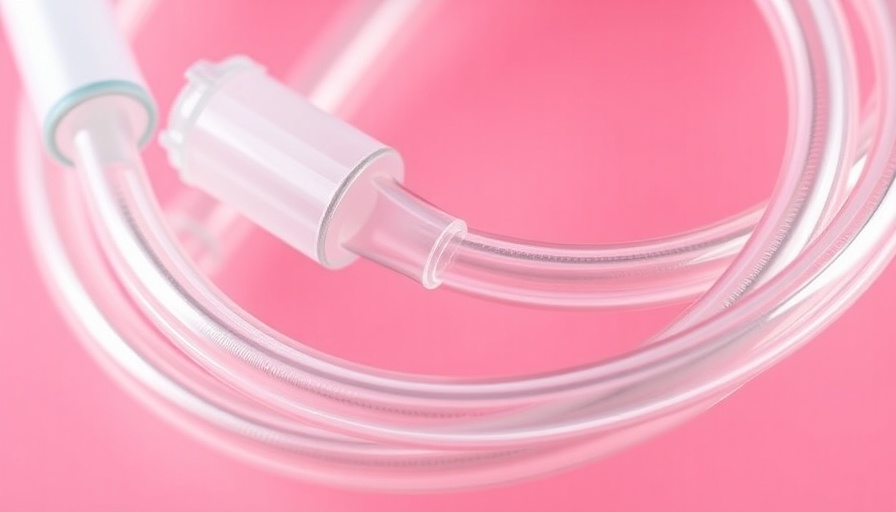
Comparing Suture Methods: Insights for Health Practitioners
A novel study has sparked interest among medical practitioners by comparing two popular surgical techniques used in peritoneal dialysis catheter insertion: the single-purse-string and double-purse-string suture methods. This research, published online in Renal Failure, suggests that both methods yield similar postinsertion outcomes, enabling healthcare professionals to choose an approach best suited to their operational needs without compromising patient safety.
Dr. Xiaoling Li and her team at the Sichuan Academy of Medical Sciences conducted a retrospective analysis on 142 patients who underwent peritoneal catheterization using either technique. Their findings indicated no significant differences in infection or noninfection complication rates shortly after the procedure. Moreover, the technical survival rates for both methods showcased comparable results, with a three-year survival of about 85%, thereby offering viable options for catheterization procedures.
Historical Context and Background: Navigating Surgical Techniques
Peritoneal dialysis has evolved significantly over the years, with technique refinement at its core. Initially, incision methodologies were exploratory, but advancements in surgical suturing have revolutionized catheter insertion, making it less invasive and more reliable. The single-purse-string suture is lauded for its simplicity, reducing surgery time and potential risks, whereas the double-purse-string has been favored for potentially offering added security in challenging anatomical contexts.
Understanding these developments is crucial. As new techniques emerge, medical practitioners must stay informed about historical successes and challenges, influencing their choices in clinical practice.
Future Predictions and Trends: Streamlining Surgical Procedures
Looking ahead, the integration of technology in surgical practices will continue to expand. Future trends may include robotic-assisted procedures that refine precision in catheterization. Additionally, as AI-driven insights become common, statistical models will likely guide pre-surgical planning, highlighting patient-specific risks and recommending optimal procedures.
Such advancements are set to transform patient experience, enhancing recovery times and reducing complications. Health practitioners who embrace these innovations will better support their patients while advancing their clinical expertise.
Unique Benefits of Knowing This Information: Elevating Patient Care
Staying updated with the latest studies equips practitioners to enhance patient care by selecting the most appropriate procedure based on current evidence. This knowledge leads to better surgical outcomes, fostering patient trust and improving care efficiency. Additionally, understanding these findings allows practitioners to contribute to advancing clinical procedures by implementing evidence-based practices, ultimately optimizing patient outcomes.
 Add Row
Add Row  Add
Add 






Write A Comment